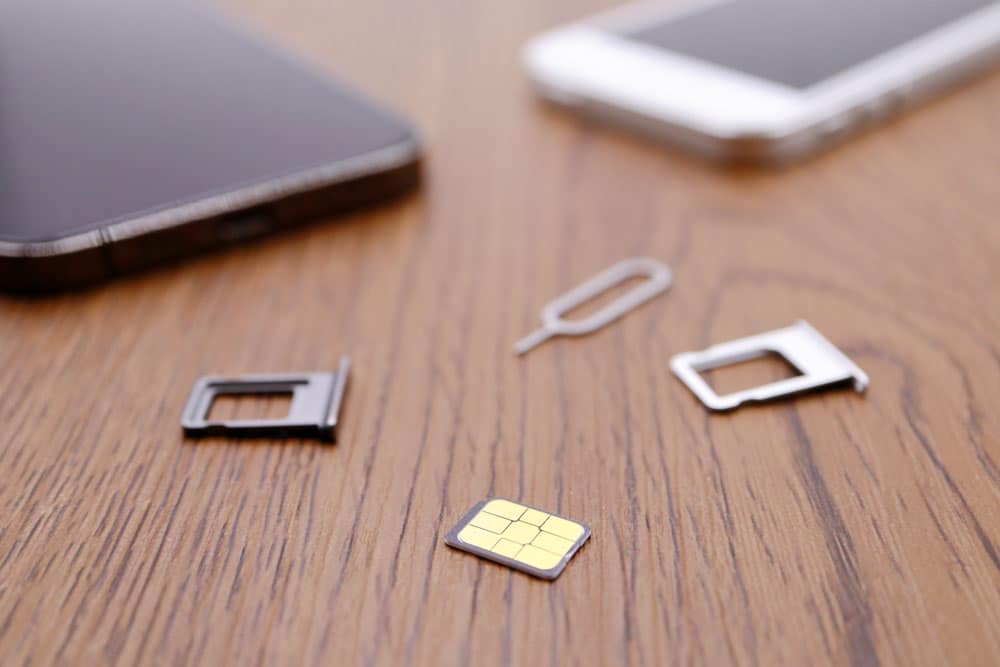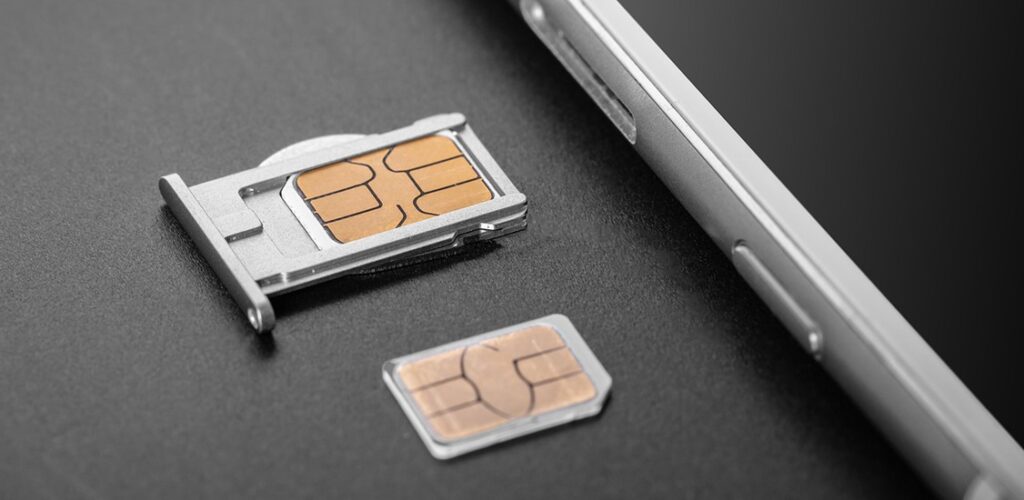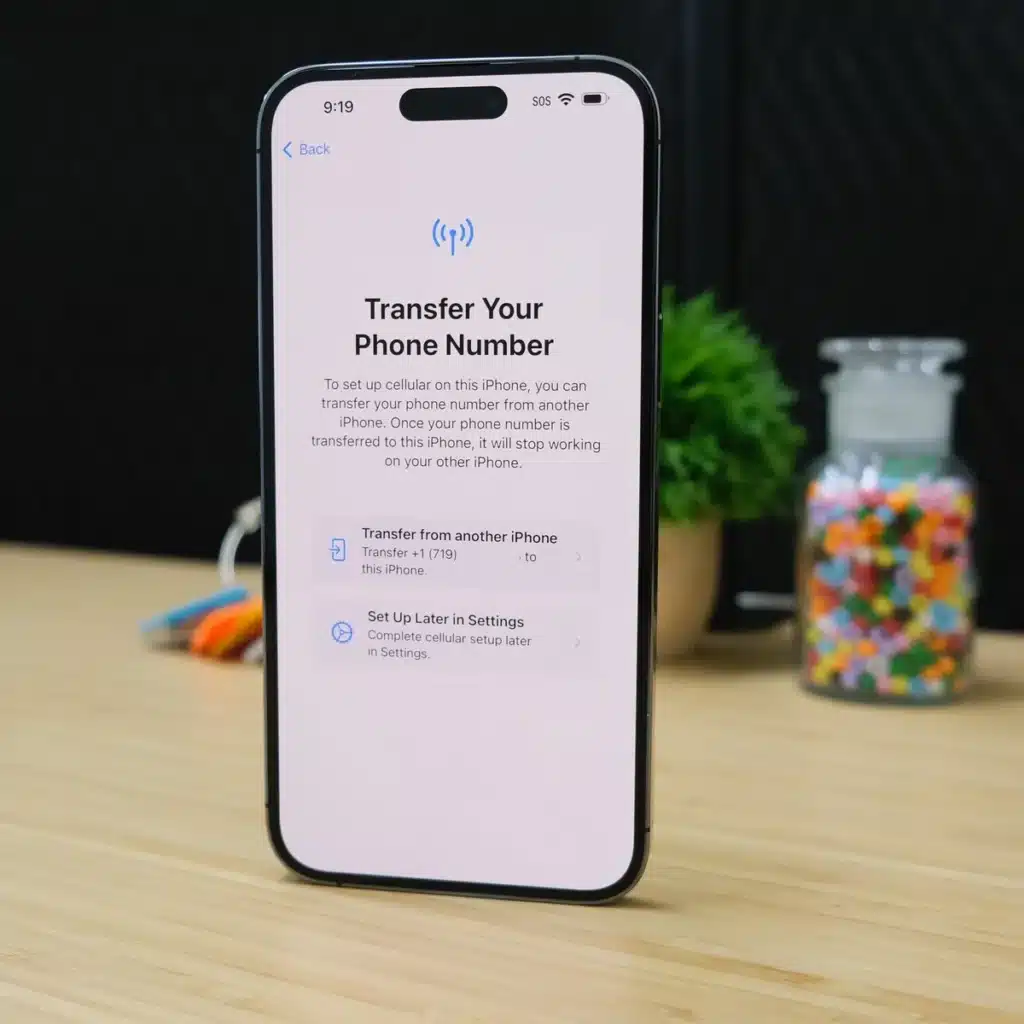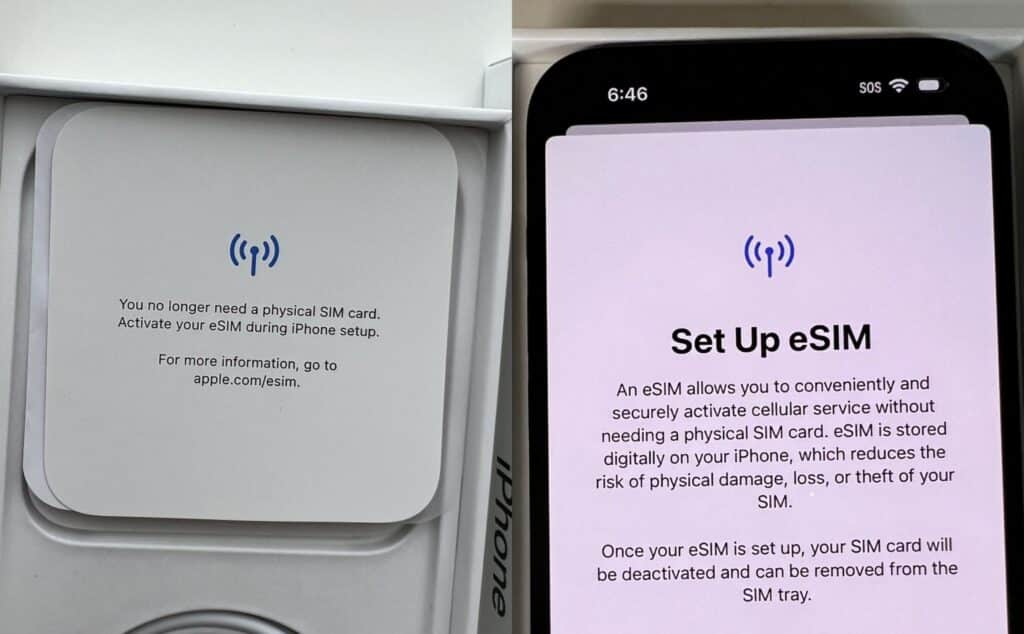Have you ever asked yourself this, what’s the difference between eSIM and physical SIM Cards? In the fast-paced world of technology, SIM cards have been a staple for connecting our devices to cellular networks. However, a new player has emerged in recent years – the eSIM. As the name suggests, eSIM stands for embedded SIM, offering a revolutionary approach to mobile connectivity.
In this article, we’ll explore the world of eSIM and delve into the key differences between eSIM and physical SIM cards. Get ready to unlock the future of mobile connectivity as we demystify the power of eSIM.
Contents
Understanding Physical SIM Cards & eSIM
Before we dive into the world of eSIM, let’s quickly understand what a physical SIM card and eSIM are.
A SIM card, an acronym for Subscriber Identity Module, is a small, removable card that stores essential information to authenticate and connect your device to a mobile network. It contains data such as your phone number, carrier details, and network authentication credentials.
eSIM, on the other hand, takes a leap forward by embedding the SIM functionality directly into the device itself. Instead of a physical card, eSIM is a small chip soldered onto the device’s circuit board. It erases the need for a physical SIM card slot, freeing up space for sleeker and more compact designs.
The Difference between eSIM and Physical SIM Cards
Here are the key differences between eSIM and physical SIM cards:
Physical vs. Embedded: The most apparent difference lies in the physicality of the two technologies. Traditional SIM cards are tangible, removable cards that can be swapped between devices, whereas eSIM is integrated into the device and cannot be physically removed or transferred.
Flexibility and Convenience: eSIM offers unparalleled flexibility and convenience. With eSIM, you can switch between multiple carriers and plans without needing to physically change the SIM card. This is particularly useful for frequent travelers who can easily jump to a local carrier while abroad or for those who wish to take advantage of different data plans or promotions.
Device Compatibility: eSIM adoption is steadily growing across a wide range of gadgets, including smartphones, tablets, smartwatches, and even laptops. However, it’s important to note that not all devices support eSIM technology. Before purchasing a device, it’s crucial to check its specifications and ensure eSIM compatibility if that’s a feature you desire.
Remote Activation: One of the significant advantages of eSIM is the ability to remotely activate and provision it with a carrier’s network. Instead of physically inserting a SIM card and waiting for activation, eSIM allows for over-the-air provisioning. This means you can activate your eSIM instantly, hassle-free, and without the need for a physical SIM card.
Profile Management: With eSIM, you can store multiple carrier profiles on a single device. This allows you to switch between different profiles with ease, offering greater flexibility and customization. For example, you can have a personal profile and a separate profile for business purposes, all within the same device.
Future Potential: eSIM opens up exciting possibilities for IoT (Internet of Things) devices and wearables. Its small form factor and flexibility make it an ideal solution for connecting devices beyond just smartphones. From smartwatches to connected cars and smart home devices, eSIM technology enables seamless connectivity in the expanding world of IoT.
Conclusion
eSIM is revolutionizing the way we connect our devices to cellular networks, offering flexibility, convenience, and a glimpse into the future of connectivity.
While eSIM provides the convenience of remote activation, profile management, and device flexibility, it’s important to ensure compatibility with your device before making the switch. As eSIM adoption grows, we can expect to see even more devices supporting this cutting-edge technology.
So, whether you’re a globetrotter seeking seamless connectivity or an enthusiast embracing the IoT era, eSIM is paving the way for a connected future. Embrace the power of eSIM and unlock new possibilities in the world of mobile connectivity.




